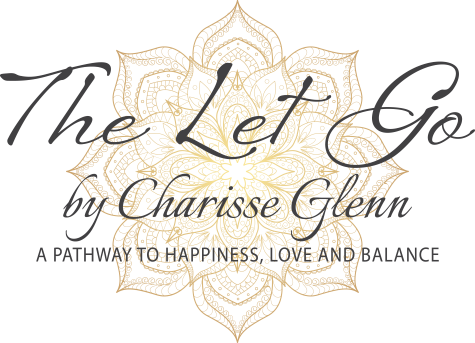This moment belongs to you.” — Unknown
Be Here Now, a book published in 1971 and written by Ram Dass, was life-changing for many, myself included. It was one of the trailblazers for elevating consciousness, germinating some of our current buzzwords, such as “living in the moment,” “self-awareness,” “consciousness,” and “mindfulness,” over 50 years later.
It was my entrée into mindfulness: being present in the moment, the radical idea that this moment, this breath, was all that was needed. Having been exposed to it while still a teenager, the concept has been one I’ve grappled with and revisited countless times. Yet, now that I write about The Let Go—which is often related to living in the present, I find myself exploring not the steps to achieve full presence, but the layers we must release to uncover it.
Decades later, I’m no longer chasing the now. I’m gently removing everything that stands in its way. It is not about striving to be here now; rather, it is about letting go of everything that takes us away from it.
What does that mean?
As a teenager, rather than truly understanding, I think I absorbed and echoed the lingo surrounding the consciousness movement. Certainly, a seed was planted, yet full realization of what it really meant didn’t take shape until many years later. When life fills with more challenges, it is then that we are tested to see if we, in fact, have learned the lessons. Youthful idealism gives way to seasoned wisdom, and spiritual concepts evolve in tandem with our lived experiences.
Being here now is often misunderstood as an achievement or a goal, when in truth it’s a byproduct of surrender. When we strive, we frequently hold on to an expectation of a result. Letting go of that expectation creates spaciousness for possibilities.
It can be equated to the illusion of control vs. the grace of surrender. Letting go is not passive; it is the opposite, an active choice to release resistance. It’s the most courageous act I know. It asks us to unclench our grip on time, identity, even the need to name what we’re feeling.
Mindfulness exercises may teach technique, but true mindfulness is lived—not performed.
Letting go, as its own path, is not just a means to presence or mindfulness, but a practice that leads to spiritual self-awareness. In exploring, on a personal level, what we need to let go of —identity, expectations, beliefs, or even ideals we once held as doctrine, we come to experience our own spaciousness of self.
Letting go once felt like less. Like falling or making a sacrifice. Yet as I grew and matured, it transformed into a feeling of lightness, a feeling of flying. It takes courage to release, to stop projecting into the future, to live in the moment.
But what if we reimagined that courage, not as effort, but as trust? What if we stopped striving to know what the future holds and accepted what we have in front of us now?
Being here now is like savoring each bite of a delicious meal, rather than mindlessly eating dinner to get to the dessert. Or the enjoyment of a luxurious hug, and enjoying just that. The hug.
It is easy to project forward; we have been taught to do so. Yet, to truly enjoy the journey, we may begin to appreciate our lives more by taking the time to stop and truly appreciate the moment.
What if letting go isn’t the end of something, but the beginning of being?
To echo Ram Dass with a twist. Be here now. Be here, no grasping, be here, no need to be anything else.
When you focus on the now, you stop worrying about what’s waiting up ahead.”
— Unknown





